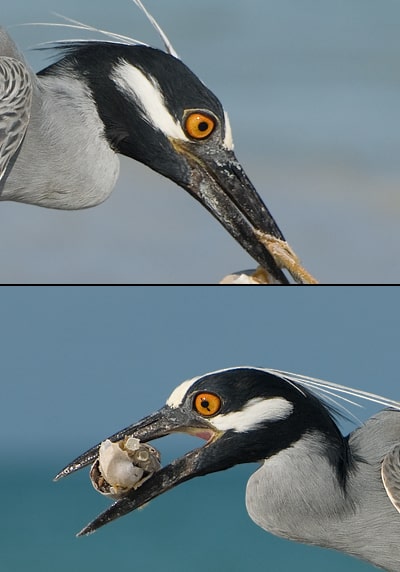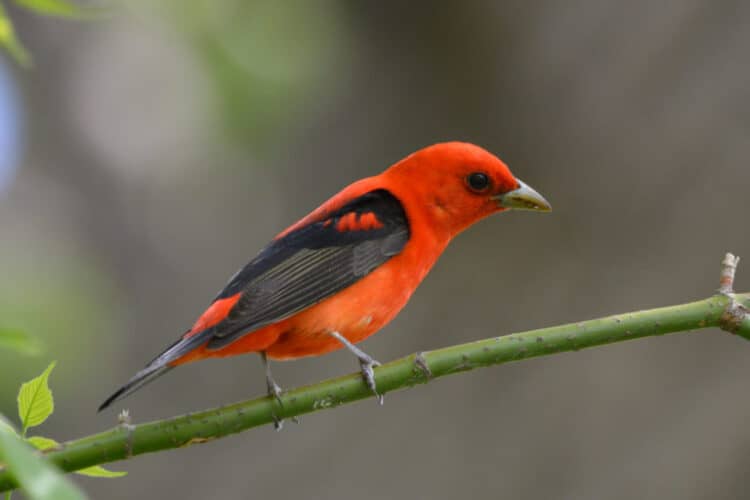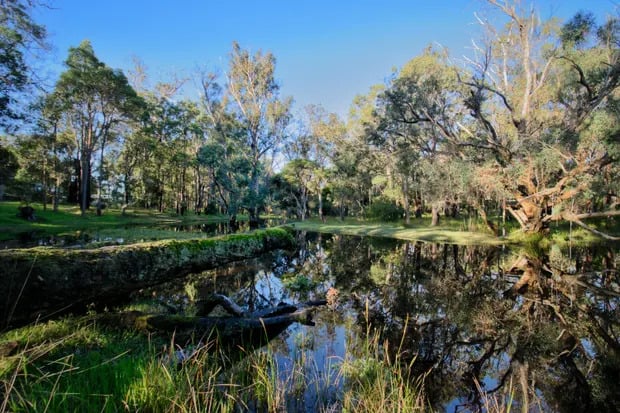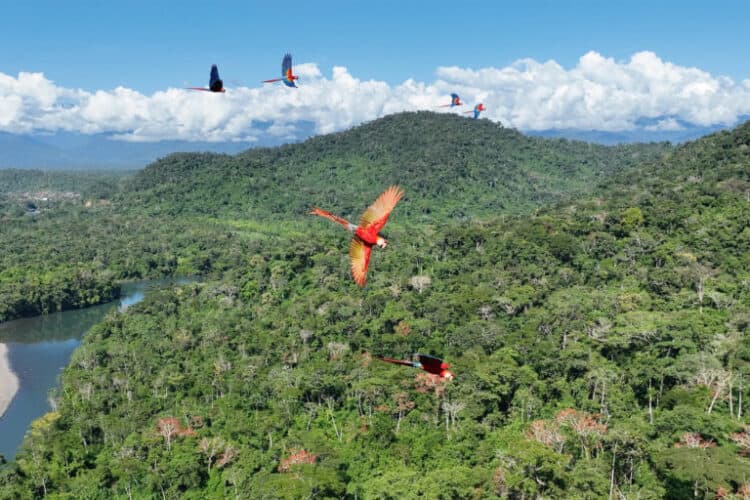Because I am a bird photographer I get to see and photograph our beautiful feathered friends, learn their habits and behaviors and sometimes I get to take a look at unusual conditions in the birds themselves.

The Yellow-crowned Night Heron above exhibits what I and other bird photographers have come to call “blown eye”. Both of the images are photos of the same bird and the right eye frame at the top is normal. The second image shows two tear drop shaped black blobs in the iris which is abnormal. I don’t know if this was caused by an injury or if this might be a congenital condition that causes the malformation.

While I lived in Florida I often noticed “blown eyes” in American Oystercatchers and I have seen it where it was evident in both eyes of adult birds. The juvenile Oystercatchers have dark irises and it might be difficult to detect if their eyes are “blown” without getting images that are lit well and close up. These images of of two different birds that were a mated pair.
I recently read about a congenital condition in humans called “iris colobomas” which is also found in other mammals and birds and have begun to wonder if that might not be the cause of the abnormal pupils I see in some species of birds instead of an injury to the eye.

The top Great Horned Owl (photographed in Utah) in the composite above has normal eyes, the difference in the size of the pupils is caused by the angle of light dilating the pupils differently. The Great Horned Owl (photographed in Montana) shows a left “blown” eye. To me it looks like the pupil has leaked into the iris.
I’ve seen this condition in the species I have shown in my images and I’ve also seen it occur in Bald Eagles.
None of the birds I have photographed with blown eyes appear to have any difficulty seeing and it doesn’t seem to limit their ability to stalk or hunt prey. The Yellow-crowned Night Heron in the image above stalked, captured and ate three Ghost Crabs while I observed and photographed it. American Oystercatchers probe for their prey and none of the birds with blown eye that I observed exhibited any more difficulty in locating food than the adults nearby that did not have this condition. The Great Horned Owl with the blown eye was a male and the pair had three chicks and I am almost certain he had no difficulties providing food for them.
I wonder how many other species exhibit “blown eyes” and what the cause is. Injury or Congenital Defect. I would love to read additional input on this topic so please feel free to comment.
Mia
OnTheWingPhotography.com
Mia McPherson
Mia McPherson is a nature lover, wildlife watcher and an avian photographer. Mia first become serious about bird photography when she moved to Florida in 2004. Her recent move to the Salt Lake area of Utah was a great opportunity to continue observing their behavior and photographing them. With so many birds species there easily accessible it wasn’t long before she was hooked. By learning more about each species, she can anticipate their behaviour and create opportunities to obtain ever better images of those species.
- Web |
- More Posts(85)






Leave a Reply